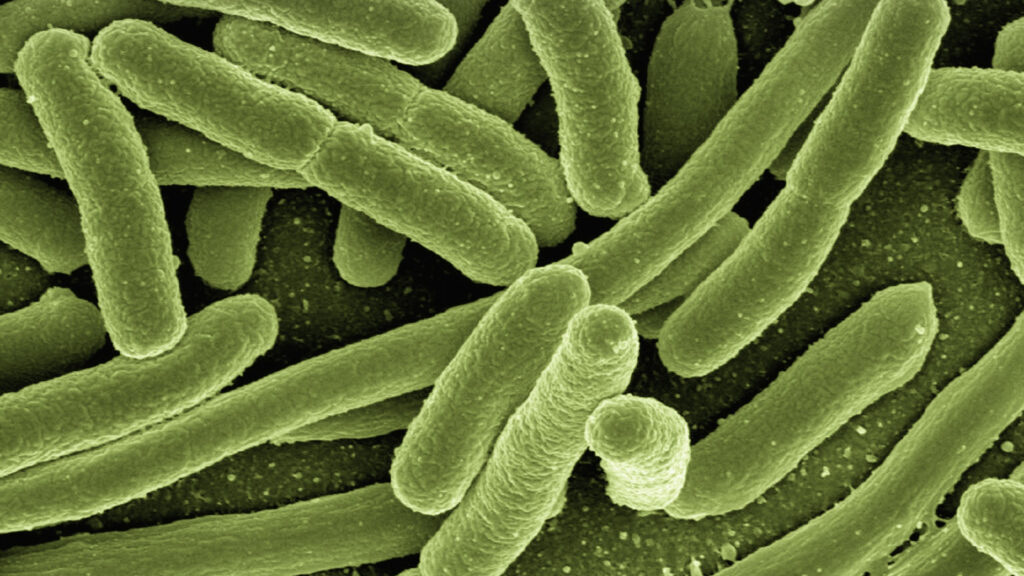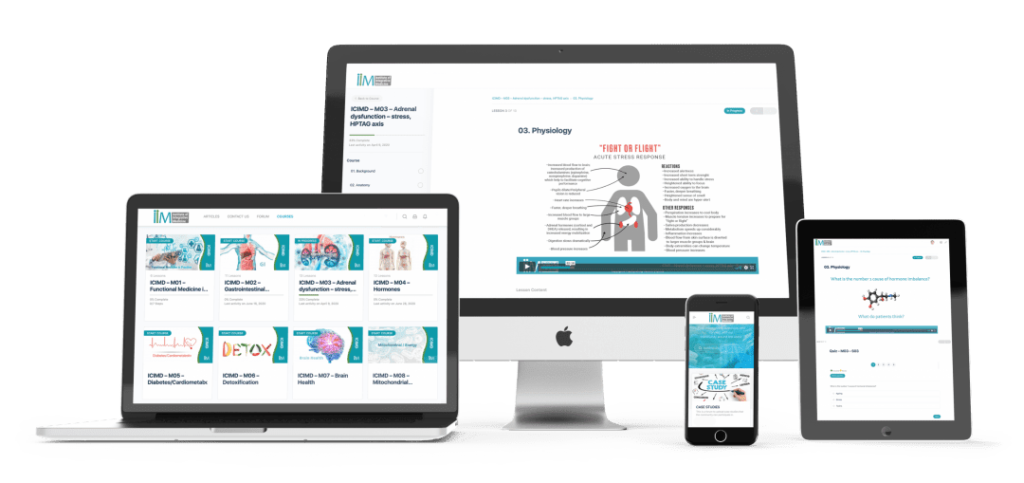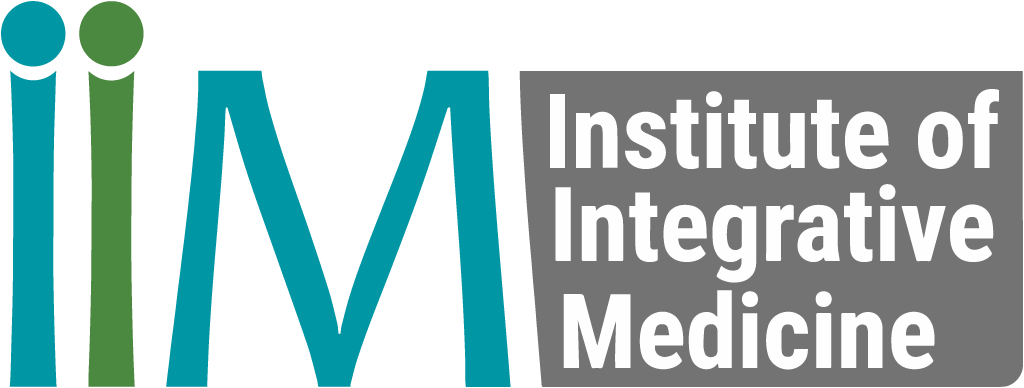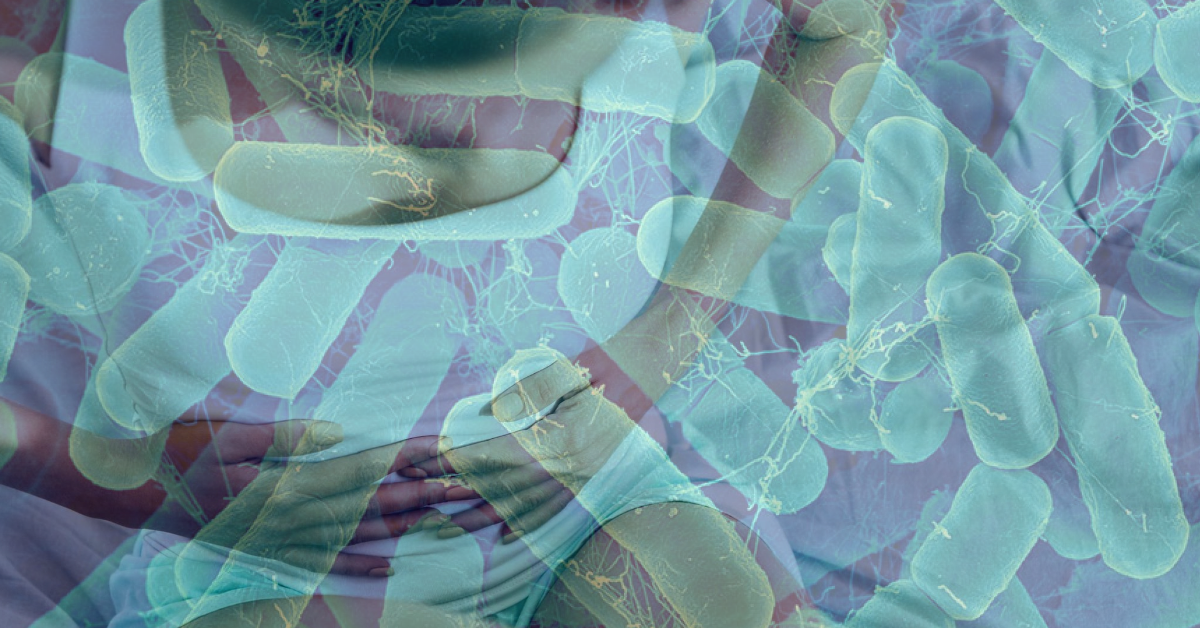Understanding the Microbiome in the Gut
The benefits of keeping the microbiome balanced are huge, and as science progresses, the scope for new, innovative solutions widens. Targeting the microbiome has the potential to alleviate symptoms of a multitude of debilitating conditions.
Integrative medicine is expanding as a mode of practice for many practitioners across the globe. A plethora of functional lab testing is being made available to both practitioners and their patients. We all know that the gut-brain axis has a large influence on the neurological status of an individual. Looking at the microbiome is essential in understanding various chronic conditions, as well as finding solutions to these health issues.
The Microbiome
One of the most important discoveries in the last 15 years of medicine has been that of the microbiome. The body’s own “garden”, so to speak.
What is the microbiome?
The microbiome is composed of microbes (fungi, bacteria, protozoa and viruses)(Figure 1), and can weigh up to 2 kilograms. It is the complete ecology of communities of commensal, symbiotic and pathogenic microorganisms. Most of us are completely unaware of the inner workings of our gut-biome, but ,when unbalanced, it is surely noticeable. Should the quality of your microbiome go awry, health havoc on your body is likely to ensue.
Figure 1. Diagram depicting the composition of the microbiome
Suppression of pathogens
Keeping this garden network of microbes balanced is essential in restoring and maintaining a healthy body. Beneficial bacteria can help with the suppression of pathogenic microbes. When our microbiome is in a state of imbalance, pathogens can come to the fore and inflict inflammation. This inflammation can occur by directly affecting the gut-lining or through the release of endotoxins. Endotoxins can affect gut-lining, as well as enter the bloodstream and cause systemic inflammation.
What is clostridium difficile?
Clostridium difficile (c. diff) is one of the most analysed pathogens for its noticeable ability to cause harm, particularly in the digestive tract. It erodes gut-lining and causes inflammation, sometimes leading to fatalities. Yes, even death. Thus, it is important to keep a close eye on harmful microbes that might lead to severe health disorders. Treating c. diff isn’t a simple task anymore. A couple decades ago, it was just a matter of administering an antibiotic with a 95% success rate. Today, antibiotic resistant strains of c. diff have caused a dramatic drop in this success rate. The medical sphere has had to innovate new ways in which to combat these triggering pathogens.
What is a faecal transplant?
This brings us to faecal transplants. The first transplant was used in 1958, by Ben Eiseman and a group of colleagues. The procedure was praised for its success in treating pseudomembranous colitis, which causes inflammation and swelling in the large intestine. To date, faecal transplants have had a 99% success rate in treating c. diff. Understandably, the application might be off-putting to most, but the science is extremely useful, especially to those suffering from chronic gut issues. In the US, alone, approximately 1.3% of the population live with some form of inflammatory bowel disease. The benefits have now also been acknowledged in neurological conditions such as autism, multiple sclerosis and Parkinson’s.

How to suppress pathogens?
With this being said, faecal transplants can be expensive and are not always accessible to everybody. There are various other ways in which to suppress harmful pathogenic microbes. One example being the use of probiotics. A probiotic is essentially a combination of good, live bacteria and yeast that aid in healthy digestion. These probiotics occur naturally in the human body. It helps to suppress the “bad” bacteria and keep bodily functions efficient and healthy. One can easily purchase a good probiotic through various vendors, and use it as a supplement (alongside a balanced diet).
The GI Map Stool test
As mentioned, there are a variety of functional lab tests being made available to people across the globe. One that is particularly useful in assessing the status of the microbiome is the stool test. Up to 60% of our stool weight is made up of bacteria, both beneficial and harmful. A stool test allows practitioners to assess the level of these bacteria that exist within the host’s system, thus allowing for a better diagnosis. Using this knowledge, doctors are able to prescribe better and more holistic treatment and preventive plans to their patients. In order to better treat and prevent disease, it is important to gain a deeper understanding into the gut-microbe system. The levels of good and bad bacteria can be analysed and shifted accordingly, resulting in healthier and more efficient functions.
Identifying Gut Issues
Many gut issues are presented in physical form, usually as inflammation. When our gut is out of balance, an overgrowth of unhealthy bacteria takes place (SIBO). This can lead to a number of issues including:
- Constipation
- Diarrhoea
- Skin irritation
- Mood swings
- Depression
- Fatigue
- Heartburn
Inflammation is caused by toxins created by bacteria. These toxins can easily leak into the bloodstream and cause inflammation. It is part of the immune response. As the immune response remains “switched on”, the body goes into a state of inflammation.
It is important to identify a gut issue, so that it can be addressed accordingly.

Improving Gut Health
Once we have identified our issues within the gut, we can search for more long-term solutions. This is where a number of strategies come into play.
Probiotics are a great way to support microorganisms in the microbiome of the gut. A good probiotic consists of millions of live microorganisms that help support digestive and gut functioning. This can be attained through probiotic-rich foods like fermented vegetables, kombucha, yoghurt and kefir. One can also supplement with a probiotic liquid or capsule.
A prebiotic is also really important in ensuring proper gut function. Prebiotics are foods that give fuel to the gut’s healthy microorganisms, and are usually high in fibre. Microorganisms use these prebiotics as fuel to support digestion.
Stress is a huge influencing factor in gut health, and is important to manage when trying to improve the link between the gut and the brain. Stress management strategies like yoga, meditation and mindfulness are all wonderful ways in which to manage mental burden.
Summary
The benefits of keeping the microbiome balanced are huge, and as science progresses, the scope for new, innovative solutions widens. Targeting the microbiome has the potential to alleviate symptoms of a multitude of debilitating conditions. A variety of tests are now available for us to take a closer look at gut health and allow the opportunity to improve the treatment of chronic conditions. Using science as a means to grasp a better understanding over our bodies allows us to become more autonomous over our health, and will prolong or prevent the onset of early chronic disease.
How do I Become a Functional Medicine Practitioner to learn more about The Microbiome?

The Institute of Integrative Medicine is a global leader in the field of Integrative Medicine Education. Integrative medicine aims to be at the forefront of modern technology and new discoveries. Understanding the microbiome can allow for significant improvements in health. We offer certified online courses helping you to take charge of your practice and improve the quality of life for your patients. Find out more about the courses we offer today!

